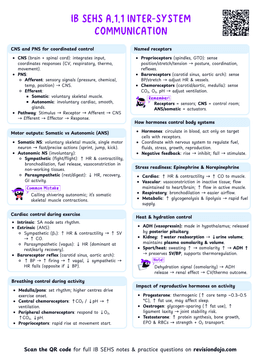Emotions in Athletic Performance
Understanding Athletic Emotions
Emotions play a crucial role in how athletes perform and experience physical activity. Let's dive into the key emotions that can make or break an athlete's performance.
Positive Emotions
1. Excitement
- Creates optimal arousal levels
- Enhances focus and readiness
- Improves reaction time
Athletes can channel excitement positively by using pre-performance routines to maintain controlled enthusiasm.
2. Confidence
- Increases willingness to take calculated risks
- Improves decision-making
- Enhances resilience during challenges
3. Joy/Enjoyment
- Promotes flow state
- Increases intrinsic motivation
- Enhances learning and skill acquisition
Negative Emotions
1. Anxiety
- Can manifest as:
- Cognitive anxiety (mental worry)
- Somatic anxiety (physical symptoms)
Many athletes mistake pre-competition nervousness for detrimental anxiety, when some level of arousal is actually beneficial for performance.
2. Anger
- Can either:
- Enhance performance through increased energy and aggression
- Impair performance through loss of control and focus
A tennis player might channel anger into more powerful serves, but excessive anger could lead to poor shot selection and tactical errors.
3. Fear
- May cause:
- Hesitation in decision-making
- Reduced risk-taking
- Physical tension


